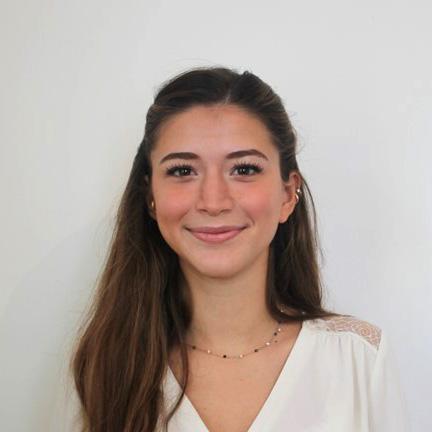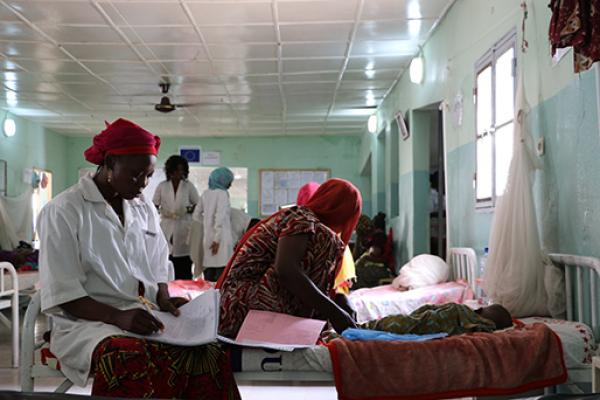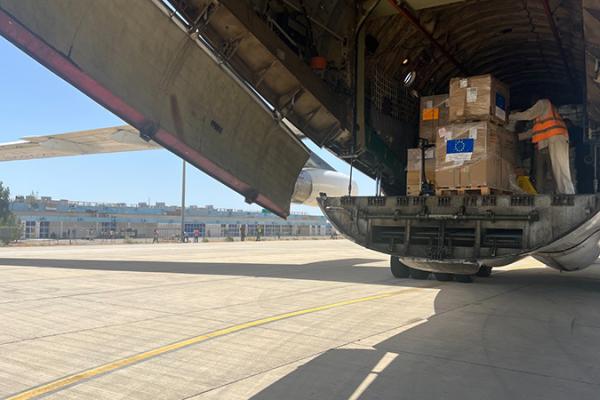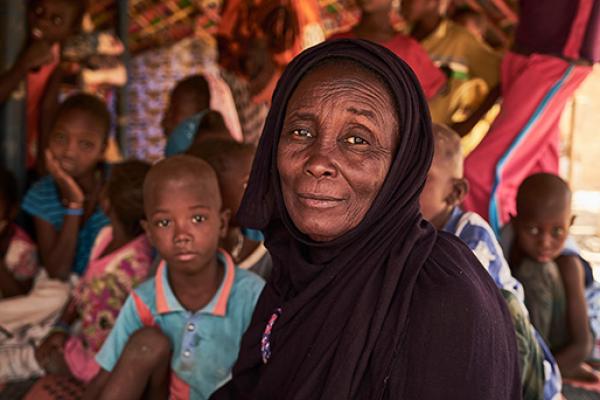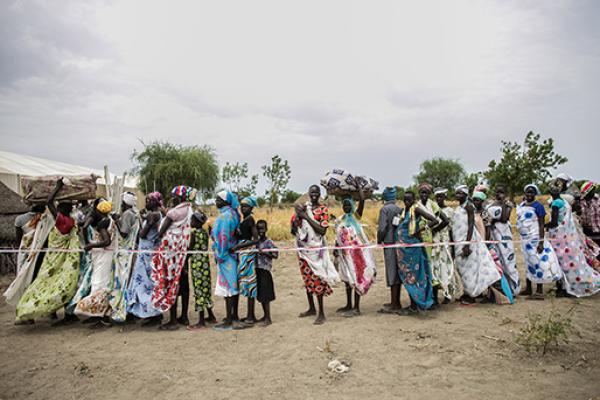20 years on, Darfur is once again on fire and a theatre of mass atrocities. Traumatised, shocked, and suffering the most horrific repercussions from the war, Sudanese refugees who manage to flee embark on risky journeys, often walking for days before reaching the Chadian border.
Just after the rainy season, October has marked a record in arrivals in 2024 with 49,000 people crossing the border, underscoring the urgent need for assistance and support.
More than 720,000 new Sudanese refugees and 220,000 Chadian returnees have now entered the country since April 2023, triggering the worst refugee crisis Chad has ever faced. This influx is not only straining the resources for the refugees but also for the host communities, leading to increased competition and pressure. In total, Chad is now hosting more than 1.2 million people.
Failing to meet their essential needs risks increasing inter-community tensions: Chad has declared a state of emergency for a food and nutrition crisis this year and an estimated 3.4 million people needed emergency food assistance between June and August 2024. The severe floods during the rainy season have aggravated the situation. Chad was the worst-hit country in the region, with 1.9 million people affected and 356,000 lost hectares of cropland.
In 2024, the EU has played a significant role in addressing the crisis, ramping up aid with €84 million supporting over 20 humanitarian partners. This aid has been crucial in preventing life-threatening conditions among the refugees fleeing Sudan and Chadians. However, despite this mobilisation, minimum humanitarian standards are far from being met. The available funding is not even remotely sufficient to cover the tremendous needs, leaving significant gaps in basic services, water, sanitation, food, health, shelter, and protection.
Tsabieh (25) and her daughter, Mounia (4), fled El Fasher. It took 4 days to arrive to Adre, Chad, and left behind both her father and husband, who are fighting in the army, because she was fearing for her daughter’s life.
The hospital she was employed in as a nurse stopped working in the first months of 2024. “I was staying home, hearing constant shootings,” she says while showing the picture of her house being damaged in the attacks. She left after witnessing her neighbours getting killed.
Like many other refugees, she arrived in Adre, 1 of the 32 entry points in the country. Here, she reunited with most of her family members that fled months ago. When we meet her, she explains that all the youngsters could not complete education because of the conflict.
Refugees that arrive in Adre are mainly coming from localities in West Darfur, like Absourouj, Birseliba or El Geneina, due to general insecurity and the lack of food. The vast majority, 88% of them, are women and children who seek refuge after enduring severe violences.
At the border, their waiting journey starts. Here, they get a first verbal pre-registration by the CNARR (Commission Nationale d'Accueil de Réinsertion des Réfugies), the governmental body registering the entries, and children get vaccinated.
Once they enter the informal site, they are screened for health and protection needs before being registered. This registration is indispensable for EU partners to plan their aid: this way, for example, WFP can then have a list of people who need emergency food response.
With EU support, WFP can give a first ration of food to 1,200 people every day, to help them settle in after arriving in Adre and before the monthly distribution. However, due to funding shortages and increasing needs, WFP had to reduce their rations.
More than 281,000 refugees settled in Adre due to its proximity to the border. However, being a spontaneous site, there are only emergency services which do not meet the minimum standards for water, latrines and the condition of the shelters.
When we spoke to her, Tsabieh and her family were sharing 3 shelters between 14 people. She and her daughter were sleeping on the ground, making her very concerned for their health and future.
That’s why it is urgent for them to be relocated to established camps where the EU funds humanitarian partners to accommodate refugees’ most urgent needs, including food assistance and nutrition, medical care, physical rehabilitation, psychosocial support, and education.
Aboutengue was the first camp to be established. With around 45,000 people it is at full capacity. 6 new camps have already been opened, and EU partner UNHCR has relocated around 49% of the refugees, but at least 3 more camps need to be built.
Despite feeling physically safe, Tsabieh is still traumatised, like most of the refugees. In Aboutengue, EU partner Humanity and Inclusion (HI) is providing individual mental and psychosocial support, and organising group activities that allow women to detach and cope with what they endured.













